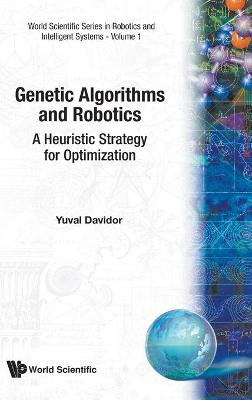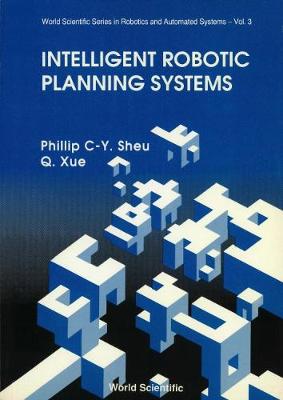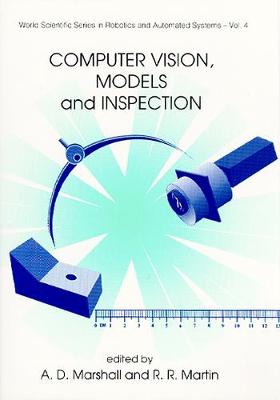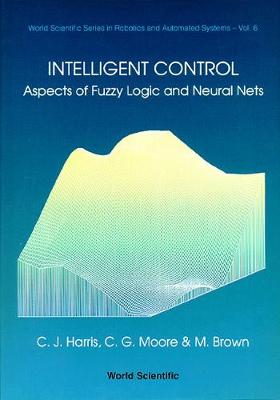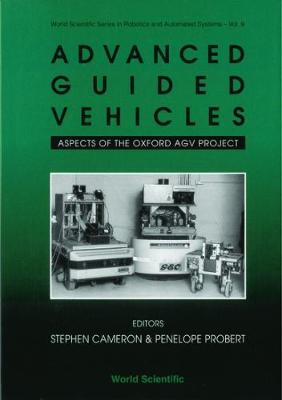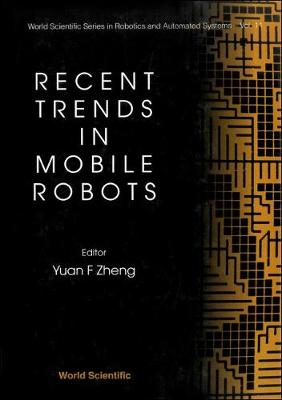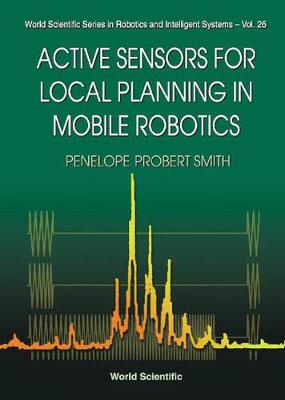World Scientific Series In Robotics And Intelligent Systems
8 primary works • 9 total works
Book 1
Genetic Algorithms And Robotics: A Heuristic Strategy For Optimization
by Tom Husband and Yuval Davidor
Book 3
Intelligent Robotic Planning Systems
by Tom Husband, Phillip Chen-yu Sheu, and Q Xue
Book 4
Computer Vision, Models And Inspection
by Tom Husband, A David Marshall, and Ralph Martin
Book 6
Intelligent Control: Aspects Of Fuzzy Logic And Neural Nets
by Christopher J Harris, Tom Husband, M Brown, and C G Moore
Book 9
Advanced Guided Vehicles: Aspects Of The Oxford Agv Project
by Stephen Cameron, Tom Husband, and Penelope Probert Smith
Book 10
Cellular Robotics and Micro Robotic Systems
by Tom Husband, Toshio Fukuda, T Fukuda, and T Ueyama
Book 11
Book 26
Active Sensors For Local Planning In Mobile Robotics
by Penelope Probert Smith
